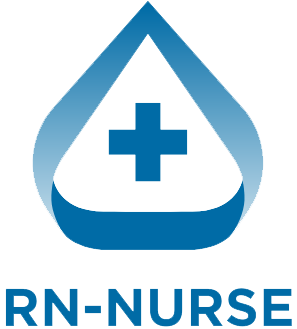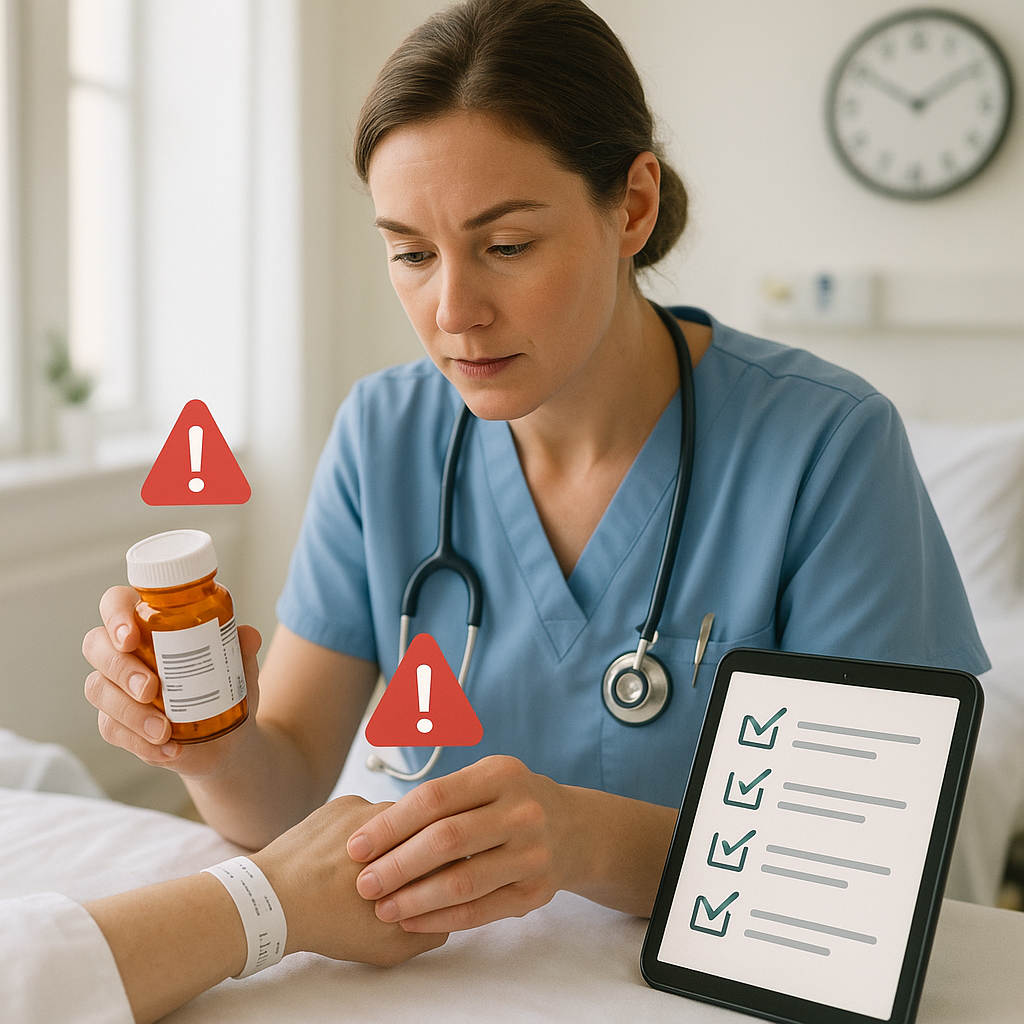Medication errors are a serious and common issue in healthcare settings. These mistakes can lead to patient harm, legal consequences, and damage to professional reputations. Understanding the types of errors and how to avoid them is essential for every healthcare provider—especially nurses who administer medications daily.
🚨 What Are Medication Errors?
Medication errors refer to any preventable event that may lead to inappropriate medication use or patient harm. They can occur at any stage—from prescribing and transcribing to dispensing, administering, or monitoring.
⚠️ Common Types of Medication Errors
- Wrong Medication
- Caused by miscommunication or look-alike/sound-alike drugs.
- Example: Administering hydralazine instead of hydroxyzine.
- Incorrect Dosage
- Giving too much or too little of a medication.
- Often results from misreading prescriptions or dosage miscalculations.
- Wrong Route of Administration
- Giving a medication via the wrong route (e.g., IV instead of IM).
- Omission Errors
- Missing a dose or skipping a scheduled administration.
- Timing Errors
- Administering the drug too early or too late.
- Documentation Errors
- Failing to properly document medication administration can lead to repeated dosing or missed medications.
- Allergy Oversights
- Administering a drug to a patient with a known allergy due to lack of chart review.
🛡️ How to Prevent Medication Errors
✅ 1. Follow the “Five Rights”
Always verify:
- Right patient
- Right drug
- Right dose
- Right route
- Right time
✅ 2. Double-Check High-Risk Medications
Medications like insulin, anticoagulants, and opioids require extra scrutiny.
✅ 3. Use Electronic Health Records (EHR) Wisely
EHRs reduce handwriting errors and provide alerts for potential drug interactions or allergies.
✅ 4. Improve Communication
Clarify any unclear orders with the prescriber. Don’t guess.
✅ 5. Educate Patients and Families
Make sure patients understand what medications they’re taking and why. This adds an extra layer of safety.
✅ 6. Label All Medications Clearly
Especially important in high-stress environments like emergency departments.
✅ 7. Stay Up to Date
Continue professional development and be aware of updates from the National Council of State Boards of Nursing (NCSBN) and Joint Commission guidelines.
🧠 Common Causes of Errors Among Nurses
- Fatigue and burnout
- Poor staffing or high patient-to-nurse ratios
- Distractions during medication administration
- Inadequate training or supervision (especially for new grads or licensed practical nurses – LPNs)
🏥 A Team Approach to Patient Safety
Preventing errors is not the nurse’s responsibility alone. It requires teamwork with pharmacists, providers, and clinical nurse specialists. Communication and cross-checks between disciplines can save lives.
📊 According to the Bureau of Labor Statistics…
Errors in patient care are among the most reported incidents in clinical settings. But with proper precautions, advance practice registered nurses (APRNs) and registered nurses (RNs) can minimize these events significantly.
✅ Final Thoughts
- Medication errors are preventable. With diligence, education, and effective communication, nurses and other healthcare professionals can protect patients and uphold the highest standards of care.

